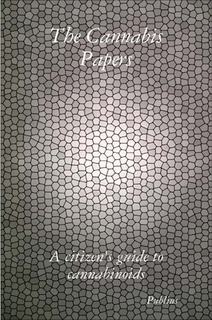 The Cannabis Papers by Publius (2011)
The Cannabis Papers by Publius (2011) The Cannabis Papers: A citizen’s guide to cannabinoids (2011)
By Publius
Sleep Edition
Today’s political cannabinoid science looks at five 2014 PubMed articles on how the cannabinoid system (CS) modulates homeostasis and sleep; of political note, there’s one on CS deficiency disguised as “cannabis withdrawal” (i.e., the pharmaceutical cannabinoid Nabilone). The line-up links to CS PubMed articles discussing: de-homeostatic sleep disturbances, REM transitions, aging with THC, the wake-inducing effects of CBD, and arousal sleep regulation.
Some (Sleepy) Shakespeare ~ Sonnet 27
“Weary with toil, I haste to my bed,
The dear repose for limbs with travel tired;
But then begins a journey in my head,
To work my mind when body’s work’s expired.”
I. De-Homeostasis (Sleep Disturbances) and CS Withdrawal
“Chronic cannabis use has been associated with the development of a withdrawal syndrome on abrupt discontinuation. Withdrawal symptoms typically begin within 24 h of abstinence and manifest as irritability, nervousness, sleep disturbances and decreased appetite. There is growing evidence that supports the use of plant-derived and synthetic cannabinoids for the treatment of cannabis withdrawal. In this case report, we present 20-year-old woman who developed protracted nausea and vomiting secondary to cannabis withdrawal and was successfully treated with nabilone. Nausea and vomiting is not listed in the Diagnostic and Statistical Manual-5 diagnostic criteria for cannabis withdrawal syndrome and is an uncommon symptom presentation.”
Nabilone therapy for cannabis withdrawal presenting as protracted nausea and vomiting.
Lam PW, Frost DW.
BMJ Case Rep. 2014 Sep 22;2014. pii: bcr2014205287. doi: 10.1136/bcr-2014-205287.
PMID: 25246463 [PubMed - in process]
Related citations
II. Homeostasis (Astrocytes and the Reticular Activating System) and the CS/CB1
“The pedunculopontine nucleus (PPN) is known as the cholinergic part of the reticular activating system (RAS) and it plays an important role in transitions of slow-wave sleep to REM sleep and wakefulness. … Taken together, we propose that cannabinoid receptor stimulation modulates PPN neuronal activity in the following manner: active neurons may elicit calcium waves in astrocytes via endogenous CB1 receptor agonists. Astrocytes in turn release glutamate that activates different metabotropic glutamate receptors of neurons and modulate PPN neuronal activity.”
Endocannabinoid signaling modulates neurons of the pedunculopontine nucleus (PPN) via astrocytes.
Kőszeghy A, Kovács A, Bíró T, Szücs P, Vincze J, Hegyi Z, Antal M, Pál B.
Brain Struct Funct. 2014 Jul 10. [Epub ahead of print]
PMID: 25009314 [PubMed - as supplied by publisher]
Related citations
III. Homeostasis (Aging and the Effectiveness of THC) and the CS
“Overall, the pharmacodynamic effects of THC were smaller than effects previously reported in young adults. In conclusion, THC appeared to be safe and well tolerated by healthy older individuals. Data on safety and effectiveness of THC in frail older persons are urgently required, as this population could benefit from the therapeutic applications of THC.”
Safety and pharmacokinetics of oral delta-9-tetrahydrocannabinol in healthy older subjects: A randomized controlled trial.
Ahmed AI, van den Elsen GA, Colbers A, van der Marck MA, Burger DM, Feuth TB, Rikkert MG, Kramers C.
Eur Neuropsychopharmacol. 2014 Jun 28. pii: S0924-977X(14)00175-8. doi: 10.1016/j.euroneuro.2014.06.007. [Epub ahead of print]
PMID: 25035121 [PubMed - as supplied by publisher]
Related citations
IV. Homeostasis (CBD as a Wake-Inducing Agent) and the CS
“Over the last decades, the scientific interest in chemistry and pharmacology of cannabinoids has increased. Most attention has focused on ∆(9)-tetrahydrocannabinol (∆(9)-THC) as it is the psychoactive constituent of Cannabis sativa (C. sativa). However, in previous years, the focus of interest in the second plant constituent with non-psychotropic properties, cannabidiol (CBD) has been enhanced. Recently, several groups have investigated the pharmacological properties of CBD with significant findings; furthermore, this compound has raised promising pharmacological properties as a wake-inducing drug. In the current review, we will provide experimental evidence regarding the potential role of CBD as a wake-inducing drug.”
Potential effects of cannabidiol as a wake-promoting agent.
Murillo-Rodríguez E, Sarro-Ramírez A, Sánchez D, Mijangos-Moreno S, Tejeda-Padrón A, Poot-Aké A, Guzmán K, Pacheco-Pantoja E, Arias-Carrión O.
Curr Neuropharmacol. 2014 May;12(3):269-72. doi: 10.2174/1570159X11666131204235805.
PMID: 24851090 [PubMed]
Related citations
V. Homeostasis (Arousal and Sleep) and the CS/CB1
"Cannabinoid type 1 (CB1) receptors are highly expressed in the brain and play a role in behavior control. ... The occurrence of multiple sleep alterations in KO [knock-out] indicates important roles of CB1 receptors in limiting arousal during the active period of the day, in sleep regulation, and in sleep EEG in mice."
Multiple sleep alterations in mice lacking cannabinoid type 1 receptors.
Silvani A, Berteotti C, Bastianini S, Lo Martire V, Mazza R, Pagotta U, Quarta C, Zoccoli G.
PLoS One. 2014 Feb 20;9(2):e89432. doi: 10.1371/journal.pone.0089432.
eCollection2014.
PMID: 24586778 [PubMed - in process] Free PMC Article
Video: Density of Cannabinoid Receptors in the Brain and Human Body
~
Posted by Bryan W. Brickner

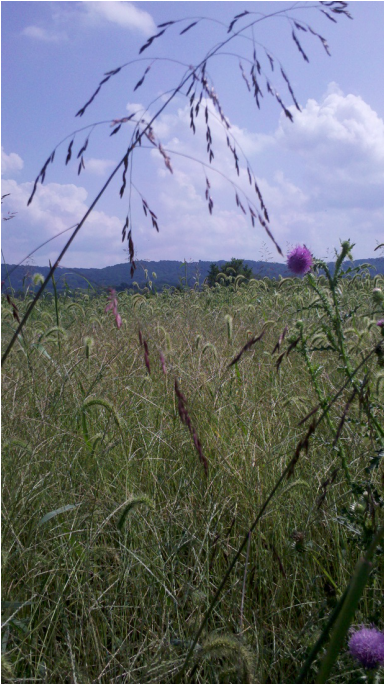
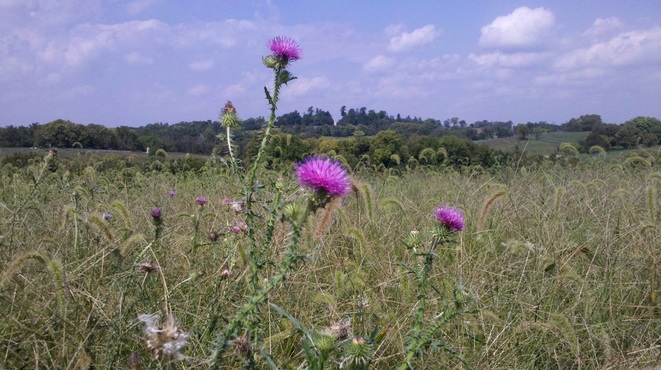

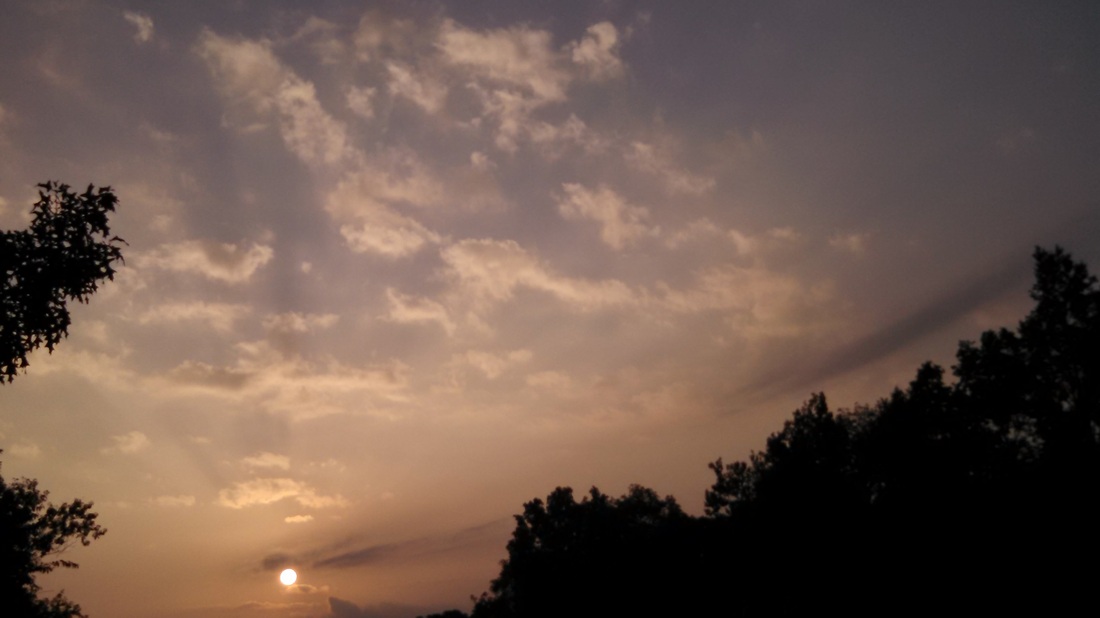
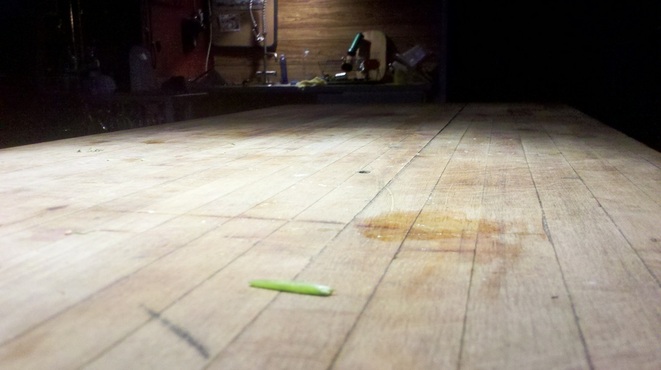
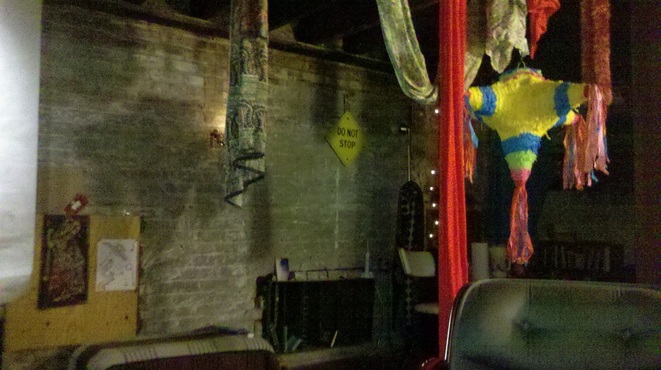
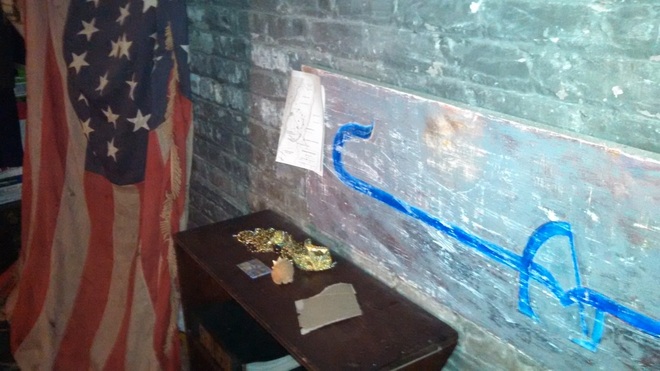
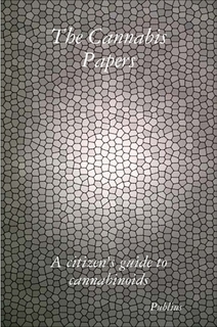

 RSS Feed
RSS Feed
